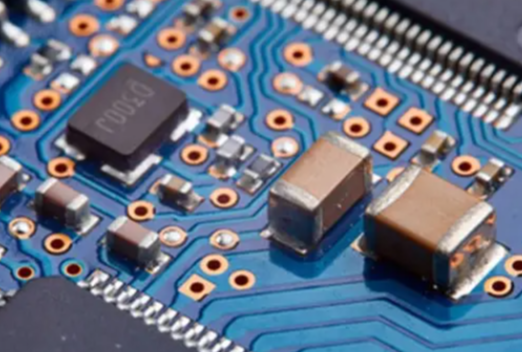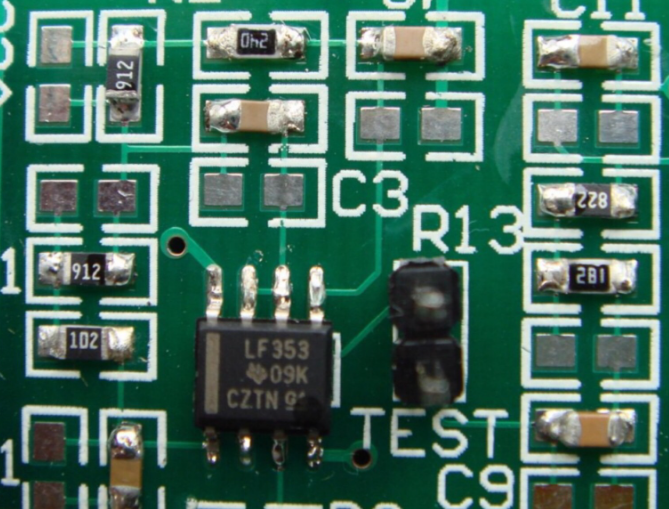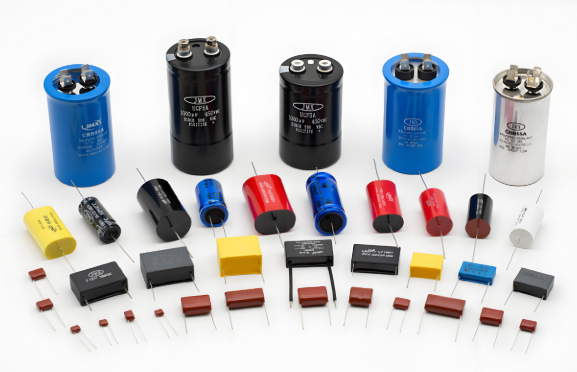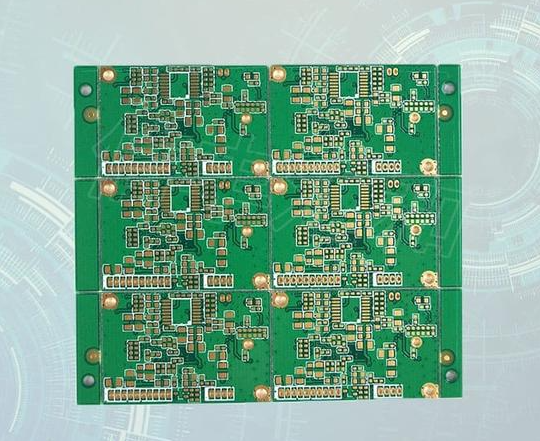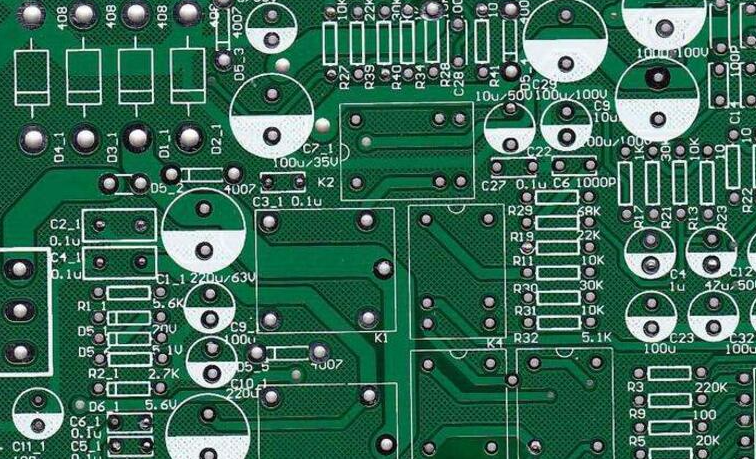Learning Electronic Components with Zero Foundation: Your Ultimate Beginner’s Guide
Introduction
Embarking on the journey of learning electronic components can feel like deciphering a foreign language. For the absolute beginner, the sight of a circuit board—a mosaic of tiny, colorful parts with cryptic codes—can be intimidating. Where does one even begin? The truth is, every expert was once a beginner. The world of electronics, which powers everything from your smartphone to your car, is built upon a foundation of fundamental components. Understanding these building blocks is not just for engineers; it’s a valuable skill for hobbyists, students, and curious minds who want to understand the technology shaping our world. This guide is designed specifically for those starting with zero foundation. We will demystify the core components, explain their functions in simple terms, and provide a clear path from confusion to competence. By breaking down complex concepts into digestible pieces, we aim to transform your apprehension into excitement and curiosity.
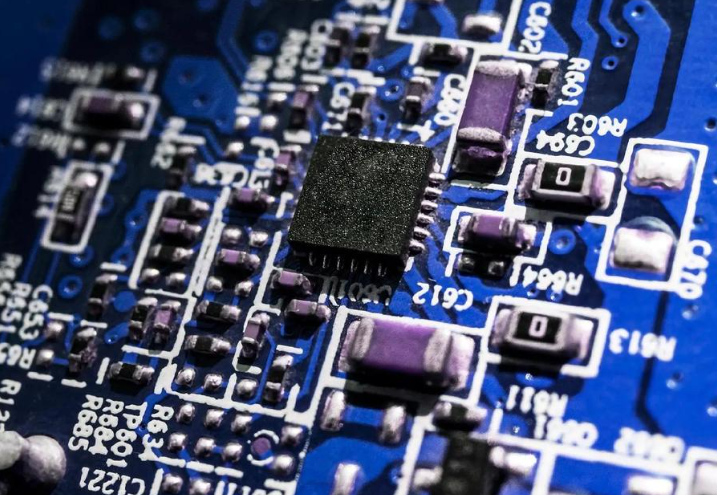
The key to success in this field is a structured approach. Jumping straight into complex integrated circuits without understanding basic resistors or capacitors is a recipe for frustration. This article will guide you through a logical progression, starting with the very basics of passive components, moving to active components that can amplify and switch signals, and finally exploring how these parts come together in practical circuits. We will also highlight valuable resources that can accelerate your learning. For instance, platforms like ICGOODFIND offer comprehensive databases where you can look up component datasheets and application notes, which are invaluable references as you progress from theory to practice.
Part 1: The Absolute Basics – Passive Components
Before electricity can be manipulated to do clever things, it must be controlled. This is the role of passive components. They are called “passive” because they cannot amplify or control electrical current by themselves; they can only attenuate or store energy. Mastering these is your first crucial step.
1. Resistors: The Traffic Controllers of Current
Imagine water flowing through a pipe. A resistor is like a narrow section of that pipe that limits the flow of water. In electrical terms, a resistor opposes the flow of electric current. It doesn’t stop the flow; it just reduces it to a safe and usable level for other components. The unit of resistance is the Ohm (Ω).
- What it Does: Its primary function is to limit current and divide voltage within a circuit. For example, an LED (Light Emitting Diode) will burn out instantly if connected directly to a battery because too much current flows through it. A resistor placed in series with the LED limits the current to a safe value, allowing the LED to light up properly.
- How to Identify: Resistors are typically small, cylindrical components with colored bands on them. These bands form a color code that tells you its resistance value in Ohms. Learning to read the resistor color code is a fundamental skill for any beginner.
- Practical Tip: Start by getting a beginner’s electronics kit that includes an assortment of resistors. Practice identifying their values using the color code and use a multimeter to verify your readings.
2. Capacitors: The Tiny Rechargeable Batteries
If a resistor limits flow, a capacitor temporarily stores it. Think of it as a small, fast-charging battery or a water storage tank in our plumbing analogy. A capacitor stores electrical energy in an electric field and releases it when needed.
- What it Does: Capacitors have several key roles:
- Smoothing Power Supplies: They filter out “noise” or ripples in voltage, providing stable power to sensitive components like microchips.
- Blocking DC Signals: They allow alternating current (AC) signals to pass while blocking direct current (DC), which is essential in audio equipment and communication devices.
- Timing Circuits: Together with resistors, they create simple timer circuits, controlling how long something stays on or off.
- How to Identify: They come in various shapes and sizes, from small ceramic discs to large cylindrical electrolytic capacitors. They are always marked with their capacitance value, measured in Farads (F), though you’ll typically work with microfarads (µF) or picofarads (pF).
3. Inductors: The Current Inertia Managers
Less common in beginner projects but equally important, an inductor is a coil of wire that stores energy in a magnetic field when current flows through it. In our water analogy, an inductor behaves like a heavy flywheel; it resists changes in the flow of current, trying to keep it constant.
- What it Does: Inductors are crucial in power supplies for filtering and in tuning circuits (like radios) to select specific frequencies.
- How to Identify: They often look like small colored beads or coils of wire on a core.
Understanding these three passive components—how they resist, store, and oppose change—gives you the foundational knowledge to analyze simple circuits.
Part 2: Stepping Up – Active Components and Semiconductors
Once you are comfortable with passive components, you can move on to the parts that make electronics “active.” These components, primarily made from semiconductor materials like silicon, can control electron flow in more dynamic ways, enabling amplification, switching, and processing.
1. Diodes: The One-Way Streets
A diode is the simplest semiconductor device. Its function is beautifully straightforward: it allows current to flow in one direction only. It acts as an electronic check valve.
- What it Does: The most common use is rectification—converting Alternating Current (AC) from your wall outlet into Direct Current (DC) required by most electronic devices. A special type of diode, the Light Emitting Diode (LED), emits light when current passes through it and has become ubiquitous in lighting and displays.
- Key Concept: A diode has two terminals: an anode (positive side) and a cathode (negative side). Current will only flow from anode to cathode.
2. Transistors: The Amplifiers and Switches
The transistor is arguably the most important invention of the 20th century, forming the bedrock of modern computing. It is a tiny device that can amplify a small signal into a larger one or act as a fast-acting electrically controlled switch.
- What it Does:
- Amplification: A tiny current applied to one terminal (the base) can control a much larger current flowing between two other terminals (the collector and emitter). This is how your stereo takes a weak signal from your phone and amplifies it to drive speakers.
- Switching: By applying or removing a small control current, the transistor can turn a larger current on or off billions of times per second. This binary on/off action is the fundamental principle behind all microprocessors and digital logic.
- How to Identify: Transistors come in various packages (like TO-92 or SOT-23), usually with three legs. Identifying the correct pins (Base, Collector, Emitter for BJTs) is critical.
3. Integrated Circuits (ICs): The Complete Systems on a Chip
An Integrated Circuit (IC or “chip”) is what you get when you combine thousands, millions, or even billions of transistors, resistors, and capacitors onto a single tiny piece of semiconductor material. An IC is a pre-packaged functional circuit designed to perform a specific task.
- What it Does: The possibilities are endless. An IC could be a simple timer (like the classic 555 timer), a voltage regulator, an audio amplifier, or an entire computer processor (CPU). Instead of building a complex amplifier from individual transistors, you can use a single amplifier IC that contains all the necessary components internally.
- The Importance of Datasheets: Every IC has a datasheet—a manual provided by the manufacturer that explains its pin functions, electrical characteristics, and typical application circuits. Learning to read datasheets is a non-negotiable skill. When you need to find detailed information on a specific component, resources like ICGOODFIND are incredibly useful for locating accurate datasheets quickly.
Part 3: From Theory to Practice – Your Learning Roadmap
Knowing what each component does is one thing; knowing how to use them is another. This section provides actionable steps to bridge the gap between theory and practice.
1. Essential Tools for the Beginner
You don’t need an expensive lab to start. * Breadboard: This is a reusable platform for building temporary circuits without soldering. You simply push components and wires into holes to make connections. It’s perfect for experimentation. * Multimeter: This is your most important diagnostic tool. It can measure voltage, current, and resistance. Use it to check resistor values, test for continuity (checking if two points are connected), and debug your circuits. * Basic Component Kit: Start with a kit that includes an assortment of resistors, capacitors, LEDs, diodes, and a few transistors.
2. Simple Projects to Solidify Your Knowledge
Theory comes alive with practice. Start with these simple projects: * LED Circuit: Build your first circuit: battery -> resistor -> LED. You’ll see firsthand why the resistor is necessary. * Simple Timer with a 555 IC: Using a 555 timer IC, two resistors, and a capacitor, you can build a circuit that makes an LED blink at a rate you determine. This project beautifully demonstrates how RC (Resistor-Capacitor) networks control timing. * Transistor Switch: Use a transistor to control a motor or a bright LED with a small switch or even another small signal source.
3. Leveraging Online Resources
The internet is an incredible resource for learners. * Tutorial Websites & Videos: Sites like YouTube have countless electronics tutorials for beginners that provide visual step-by-step guidance. * Community Forums: When you get stuck (and you will!), forums are places where you can ask questions and get help from experienced hobbyists and engineers. * Component Databases: As your projects become more complex, you’ll need reliable information on the parts you’re using.This is where specialized platforms prove their worth.For comprehensive and searchable component information,directing your attention towards resources such as ICGOODFIND can significantly streamline your workflow.They provide access to datasheets,supplier information,and technical specifications that are essential for selecting the right component for your project.
Conclusion
Learning electronic components from zero foundation is an achievable and immensely rewarding endeavor. The path from being overwhelmed by a circuit board to understanding the role of each part is paved with curiosity and hands-on practice.We began by exploring the fundamental passive components—resistors, capacitors,and inductors—that manage the flow and storage of energy.We then advanced to active semiconductor devices like diodes and transistors,which introduce control and amplification,followed by the powerful integrated circuits that pack immense functionality into tiny chips.Finally,a practical roadmap emphasized the importance of tools like breadboards and multimeters,and highlighted the value of leveraging online resources for continuous learning.
Remember,the key is to start simple,grasp the core concepts of each component,and reinforce that knowledge through practical experimentation.Don’t be afraid to make mistakes;a burned-out LED or an incorrectly wired circuit is not afailure but avaluable lesson.As you progress,the ability to find reliable information becomes crucial,and utilizing specialized platforms like ICGOODFIND for datasheets and component data will become second nature.With patience and persistence,the once-cryptic world of electronics will open up to you,full of possibilities for creation and innovation.








